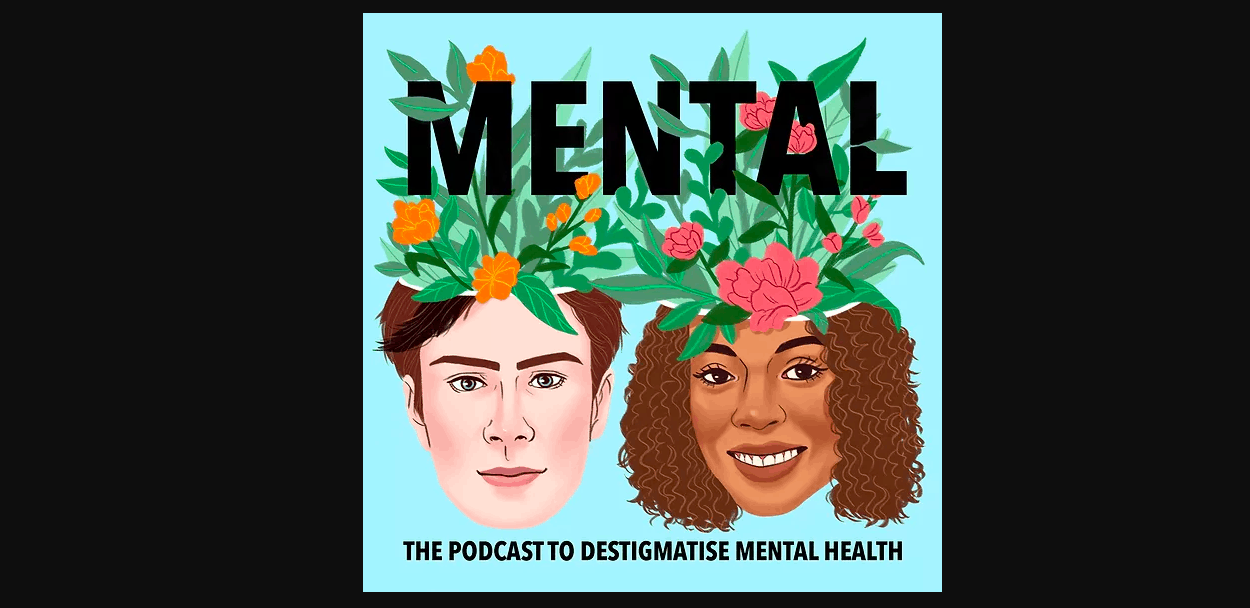Business
One of the biggest players in the podcasting industry is Apple Podcasts. Up to this point, they have helped dictate major shifts in podcast consumption and how podcasters create their shows. Given Apple Podcasts' popularity, it's no surprise getting in front of their curation team can help propel a podcast to new heights. But the question is, how can I pitch my podcast to appeal to their editors? This week on Audience, we're tackling this important topic with Bobby Temps. As the co-host of Mental: The Podcast to Destigmatise Mental Health, he has orchestrated getting his show on multiple featured podcast lists inside the popular listening app. Throughout our interview, Bobby sheds light on repeatable strategies that helped him break through the noise and impress the Apple Podcasts team. But that's not all we're covering. At the top, we get into how the Mental podcast encourages listener participation, uses data to inform their content decisions, and why you might be missing some reviews from your international listeners. Listen to the full interview now to starting pitching you podcast with more flair and to track down those reviews you may have missed. How has COVID-19 changed your listenership? Like many other podcasters, Bobby and his co-host, Danielle, have shifted their content strategy as a result of COVID-19. But since the show focuses on mental health, they've noticed the shift has primarily been driven by changes in society. The goal of the podcast is to destigmatise mental health. So Bobby and his team are capitalizing on our eagerness to include mental illness alongside physical ailments in the wellness conversation. To alter content for these times, they've focused on practical tips listeners can put to use right now. Their mission is to help both loyal and new followers feel more confident and secure in times that are unstable. How Do You Encourage & Incorporate Audience Participation Into The Show? Let's start with the motivation factor. Every podcaster wants more reviews and emails with feedback from their audience. But it's difficult to help listeners take the next step and put pen to paper. To help, Bobby highlighted the tone of the Mental podcast. His team has ramped up the calls-to-action to leave a review or send a email. But they positioned their messaging around the desire to tackle subjects their audience needs help with right now. The authenticity of wanting to provide their listeners with timely tips didn't go unnoticed. They received more feedback and were able to cover topics that were important to their community. In times before COVID-19, the Mental podcast is one of the best examples of why audience participation can make or break a show. The podcast covers the rapidly changing landscape of mental health and typically sensitive subjects. Their team understands the need to use appropriate language and phrases for each topic, but the standards shift. For example, the phrase "committing suicide" is no longer the most appropriate way to talk about this topic. Through conversations with their community and mental health experts, the Mental podcast team were made aware of the sensitivities and have changed the way they speak about death by suicide. In addition, u

